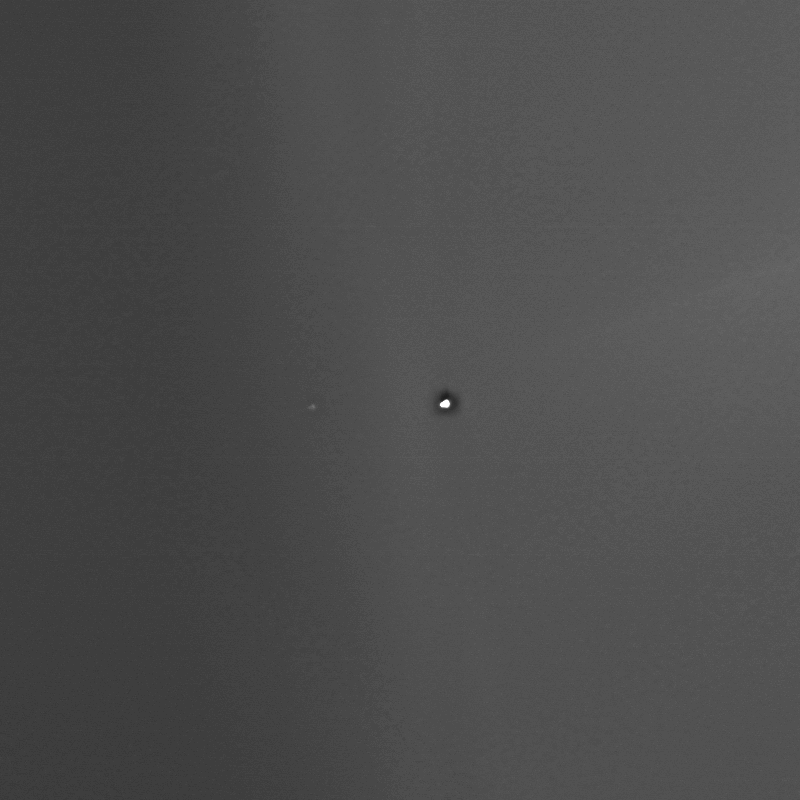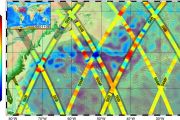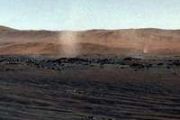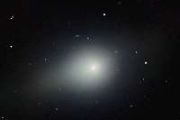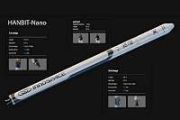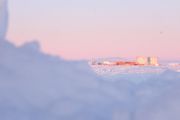
Copernical Team
NASA celebrates Webb telescope anniversary with close-up of stellar birth
 Jets of red gas bursting into the cosmos, and a glowing cave of dust: NASA marked a year of discovery by the James Webb Space Telescope Wednesday with a spectacular new image of Sun-like stars being born.
The picture is of the Rho Ophiuchi cloud complex, the nearest stellar nursery to Earth, whose proximity at 390 light-years allows for a crisp close-up by the most powerful orbital observato
Jets of red gas bursting into the cosmos, and a glowing cave of dust: NASA marked a year of discovery by the James Webb Space Telescope Wednesday with a spectacular new image of Sun-like stars being born.
The picture is of the Rho Ophiuchi cloud complex, the nearest stellar nursery to Earth, whose proximity at 390 light-years allows for a crisp close-up by the most powerful orbital observato Europe braces for sweltering July

Temperatures are sizzling across Europe this week amid an intense and prolonged period of heat. And it’s only just begun. Italy, Spain, France, Germany and Poland are all facing a major heatwave with temperatures expected to climb to 48°C on the islands of Sicily and Sardinia – potentially the hottest temperatures ever recorded in Europe.
ESO's Extremely Large Telescope is now half completed
 The European Southern Observatory's Extremely Large Telescope (ESO's ELT) is a revolutionary ground-based telescope that will have a 39-metre main mirror and will be the largest telescope in the world for visible and infrared light: the world's biggest eye on the sky. Construction of this technically complex project is advancing at a good pace, with the ELT now surpassing the 50% complete milest
The European Southern Observatory's Extremely Large Telescope (ESO's ELT) is a revolutionary ground-based telescope that will have a 39-metre main mirror and will be the largest telescope in the world for visible and infrared light: the world's biggest eye on the sky. Construction of this technically complex project is advancing at a good pace, with the ELT now surpassing the 50% complete milest China launches new satellite to test satellite internet technologies
 China on Sunday sent a new test satellite into space from the Jiuquan Satellite Launch Center in northwest China.
The satellite was launched by a Long March-2C carrier rocket at 7:00 p.m. (Beijing Time) and entered the planned orbit.
It will carry out test missions for satellite internet technologies.
The launch was the 478th flight mission of the Long March carrier rocket seri
China on Sunday sent a new test satellite into space from the Jiuquan Satellite Launch Center in northwest China.
The satellite was launched by a Long March-2C carrier rocket at 7:00 p.m. (Beijing Time) and entered the planned orbit.
It will carry out test missions for satellite internet technologies.
The launch was the 478th flight mission of the Long March carrier rocket seri India shoots for the moon with latest rocket launch
 India on Friday launches its latest attempt at an unmanned moon landing, the next frontier of a burgeoning, cut-price aerospace programme rapidly closing in on the milestones set by global superpowers.
If successful, the mission would make the world's most populous nation only the fourth country after Russia, the United States and China to achieve a controlled landing on the lunar surface.
India on Friday launches its latest attempt at an unmanned moon landing, the next frontier of a burgeoning, cut-price aerospace programme rapidly closing in on the milestones set by global superpowers.
If successful, the mission would make the world's most populous nation only the fourth country after Russia, the United States and China to achieve a controlled landing on the lunar surface. Webb’s first year in images
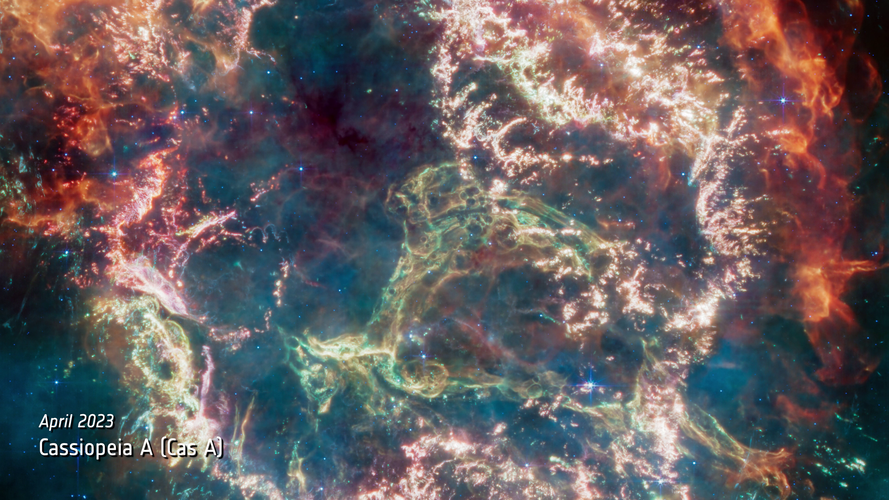 Video:
00:03:03
Video:
00:03:03
Webb is celebrating the completion of its first year of science operations. Let’s look back on the observatory’s first year in images!
Webb celebrates first year of science with close-up on the birth of Sun-like stars

From our cosmic backyard in the Solar System to distant galaxies near the dawn of time, the NASA/ESA/CSA James Webb Space Telescope has delivered on its promise of revealing the Universe like never before in its first year of science operations. To celebrate the completion of a successful first year, a new Webb image has been released of a small star-forming region in the Rho Ophiuchi cloud complex. While the region is relatively quiet, its proximity at 390 light-years makes for a highly detailed close-up, with no foreground stars in the intervening space.
New 3D Visualization Highlights 5,000 Galaxies Revealed by Webb
 This video, a scientific visualization of the galaxies captured as a part of the CEERS (Cosmic Evolution Early Release Science) Survey, showcases a large undertaking by NASA's James Webb Space Telescope. It flies by thousands of galaxies, starting with those nearby and ending with less-developed galaxies in the very distant universe, including one never seen before Webb.
The area highlight
This video, a scientific visualization of the galaxies captured as a part of the CEERS (Cosmic Evolution Early Release Science) Survey, showcases a large undertaking by NASA's James Webb Space Telescope. It flies by thousands of galaxies, starting with those nearby and ending with less-developed galaxies in the very distant universe, including one never seen before Webb.
The area highlight Exploring dark matter and the first bright galaxies simultaneously: 21-cm forest probe may unlock secrets of early universe
 The mystery of the first galaxies of the universe is an indomitable urge of human beings. The formation of them is mastered by the nature of dark matter which is also one of the most important problems faced by fundamental physics. However, understanding the nature of dark matter-for example, whether it is cold or warm-and its subsequent effect on the first galaxy formation is a huge challenge.
The mystery of the first galaxies of the universe is an indomitable urge of human beings. The formation of them is mastered by the nature of dark matter which is also one of the most important problems faced by fundamental physics. However, understanding the nature of dark matter-for example, whether it is cold or warm-and its subsequent effect on the first galaxy formation is a huge challenge. 
